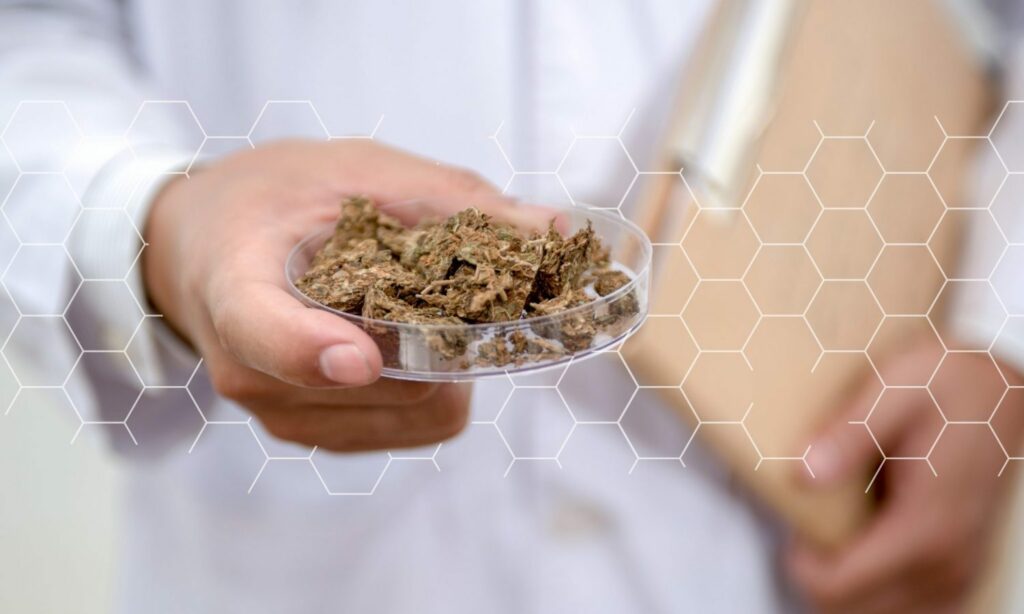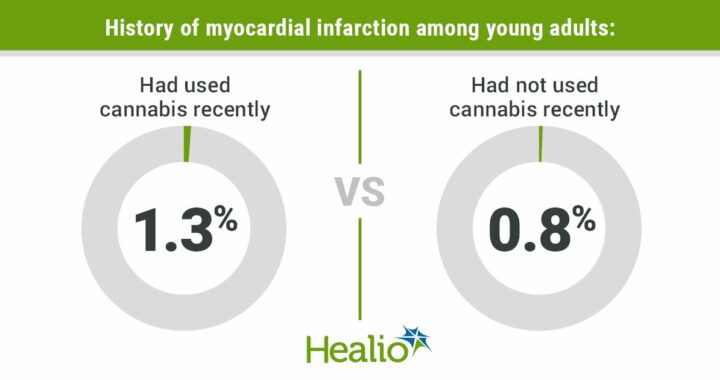10 Recommendations For Future Cannabis Medical Studies From A Pot Insider
6 min read
For a long time, marijuana was considered pathological in the eyes of the research community. This was not because the researchers believed it, but rather because the vast majority of grants were given to studies that supported this premise.
Today we are changing our minds and some scientists and medical researchers are calling for a new standard in cannabis research. In fact, Dr. John Miller in this Psychiatric Times article points out some glaring problems in cannabinoid research that need to be addressed.
Here, I’ll walk you through the basics of the article and focus on its 10 suggestions for cannabinoid research.
Photo by Wanida Prapan / Getty Images
A problem in current cannabis research
One of the problems that Dr. Miller pointed out is that cannabis is not a single drug. Unlike all other drug research that focuses on a single substance, cannabis is made up of over 500 compounds, including cannabinoids, terpenoids, and flavonoids.
Therefore, a test for cannabis, but not the proportions of these various compounds, means that the standardization of the tests is flawed.
Perhaps there is a higher THC: CBD ratio in one strain compared to another, which would undoubtedly affect the outcome of a study. Perhaps there is a greater presence of myrcene, a monoterpene that is often found in cannabis.
Scientists know about the “net effect” or “entourage effect” of cannabis, but it is excluded from research in cannabis testing and therefore leads to flawed evidence.
According to Dr. Miller:
“Interestingly, the smells (skunk is a common description) that are often associated with cannabis are largely due to the complex combination of terpenes, another compound that makes cannabis difficult to study. (Cannabinoids are odorless.) A large body of literature documents the essential role of terpenes in the biology of the cannabis plant, the production of cannabinoids by the plant, and the properties of a particular strain of cannabis that determine its market value. Terpenes are also likely to contribute to pharmacodynamic and pharmacokinetic effects that affect the neuropsychopharmacology that result from ingestion of any individual cannabis strain.
Photo by Esther Kelleter / EyeEm / Getty Images
The section mentioned above comes from the article published in Psychiatric Times and suggests that terpenes also contribute to the pharmacodynamic effects of cannabis. In other words, you cannot study cannabis without also studying the interactions between these “other” substances.
RELATED: DEA Seeks to Expand the Possibilities of Marijuana Research
And so the good doctor has made an extensive list of suggestions for scientists to consider the next time they decide to study the effects of cannabis.
Below we will examine the various proposals.
Use of the word “cannabis”
The word cannabis should not be used casually in the medical literature because it is non-specific and includes different molecular combinations of different cannabinoids, terpenes, and flavonoids, says Dr. Miller.
This is probably one of the first things to address in any modern study. We often see that “cannabis” is responsible for X, Y, or Z, but that’s a blanket statement.
Which specific properties of cannabis besides the “dose” are responsible for it. Could it be a combination of different cannabinoids and how they interact with a host body?
All of these questions below are equally important, especially when trying to create scientific protocols.
Single strain research
According to Dr. Miller should use a single strain in each study for future research with cannabis; each strain used should be analyzed quantitatively and qualitatively for biologically active components.
As each strain has its own genetic sequences, it should be noted that “X Strain” helped with the “X Condition” and understanding of the combinations of terpenes, cannabinoids, and flavonoids should be considered.
In this way, researchers identified certain strains that show promise in combating COVID-19.
Photo by CasarsaGuru / Getty Images
Studies with multiple strains should be examined separately
If multiple strains are used in a clinical study, they should be analyzed (as mentioned in # 2) and each strain should be evaluated as a separate arm versus placebo.
RELATED: House Approves Bill To Improve Medical Marijuana Research
This is standard in modern research and should be applied to all future studies. Using different strains is almost like using different drugs. They shouldn’t be lumped together.
More resources are needed for discovery research
Increased resources are required to accurately characterize the over 500 molecular components of the cannabis plant, including the pharmacokinetics and pharmacodynamics of each component.
Since 95% of studies are funded to find out what’s wrong with cannabis, more funding is required for discovery research, which means that research focuses on understanding the various molecular components of cannabis.
Better education
A public education campaign should aggressively spread the molecular facts about cannabis, especially the opposing effects of THC and CBD. Similarly, the risks of increased psychosis and cognitive impairment with regular heavy use of THC in the developing brain should be explained, much like the alcohol disclaimers during pregnancy.
It really should always be practiced. We need a robust education program that enables people to make insightful decisions about their own actions and consumption choices.
RELATED: Secret Memo Reveals Trump Administration Blocked Marijuana Research For Years
If you can do this for alcohol, tobacco, and virtually any other drug, you should do the same with cannabis.
Cannabis should be regulated like alcohol and tobacco
Cannabis should be legalized nationwide and regulated similarly to alcohol and tobacco products.
Amen!
Cannabis shouldn’t be regulated by the FDA
Cannabis should not be regulated by the FDA due to its extreme heterogeneity of components and associated unpredictable pharmacological properties.
RELATED: DEA Hit With Another Lawsuit By Scientists Investing In Cannabis
The FDA is simply not equipped to deal with the complexities of cannabis. They are more of a wing of big pharma drugs and should therefore be used for cannabinoid medicine with certain cannabinoid combinations. The entire system goes beyond the scope of the FDA.
Photo by Esther Kelleter / EyeEm / Getty Images
Cannabis should not be prescribed by doctors
Cannabis should not be prescribed by doctors. However, as molecular components of cannabis are being developed and receiving FDA approval, these components should be prescribed accordingly.
Once a cannabis drug passes the tests, it should be considered a cannabis-based drug, but doctors should not prescribe cannabis. You could recommend it like yoga or meditation instead, but unless it’s a real drug that passed the tests, doctors shouldn’t interfere.
Continuous research into cannabinoids
Pharmacological research and development of cannabis components showing medicinal benefits should continue. CBD is a successful model for this.
There is so much more to discover, it’s a shame it’s so slow.
Doctors need to be educated about cannabis
Medical professionals should only discuss cannabis with their patients after they have acquired competence in understanding the scientific and factual risks / benefits / side effects of cannabis, similar to the way a doctor would talk about alcohol or tobacco consumption.
The fact that a doctor knows a lot about health doesn’t mean they know a lot about cannabis and its health effects. Many practitioners advise, and until the research is more standardized, their recommendations should now be very lightly taken.
We know doctors are the gatekeepers right now, but this article outlines the need for a separation between “cannabis” and “cannabis medicine”.
Ultimately, we are on the verge of a change in cannabis research, and once the transition is complete and the protocols in place, we will see a whole new face in medical cannabis.
This article originally appeared on Cannabis.net and was republished with permission.








 Protected by Patchstack
Protected by Patchstack